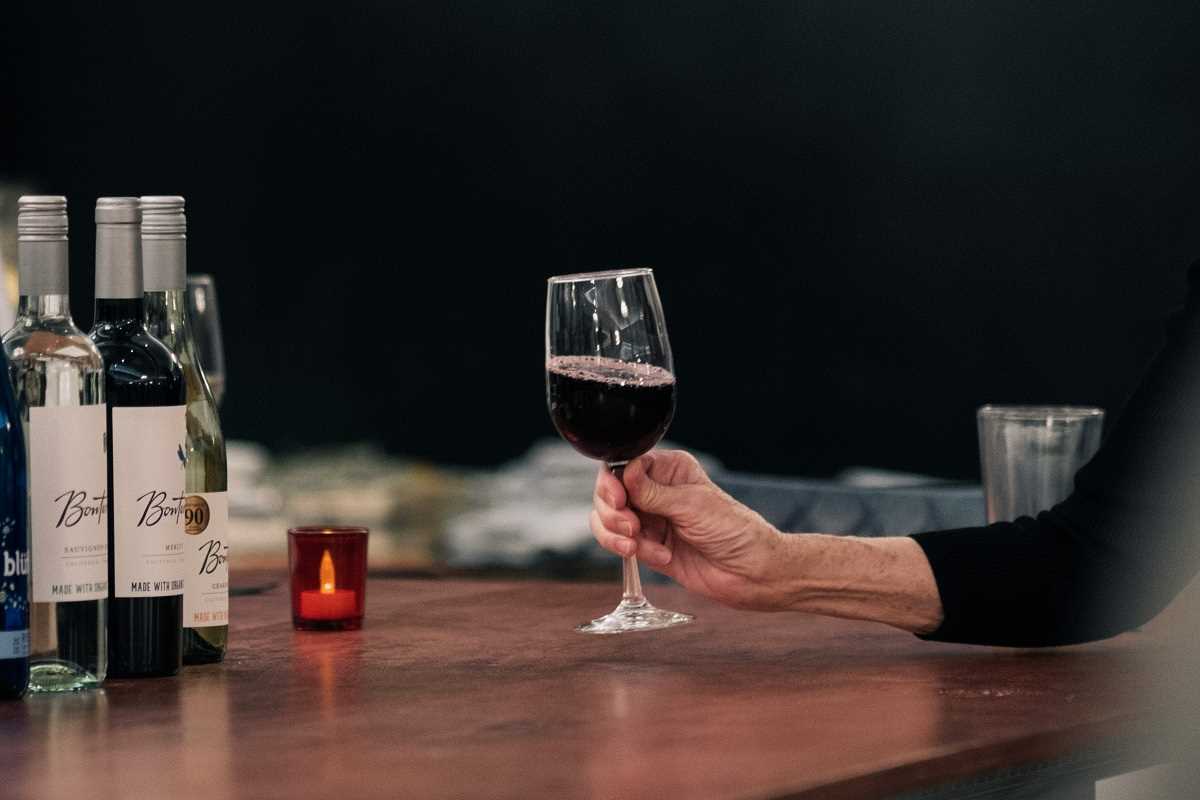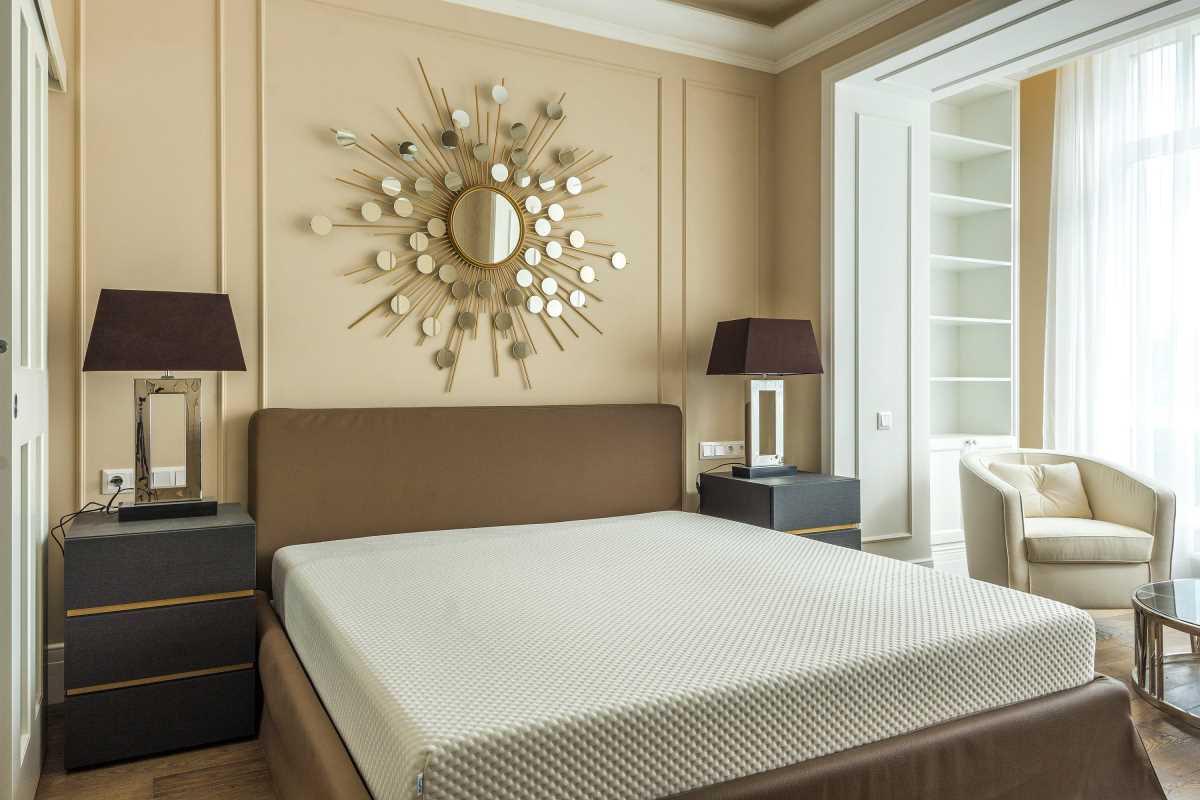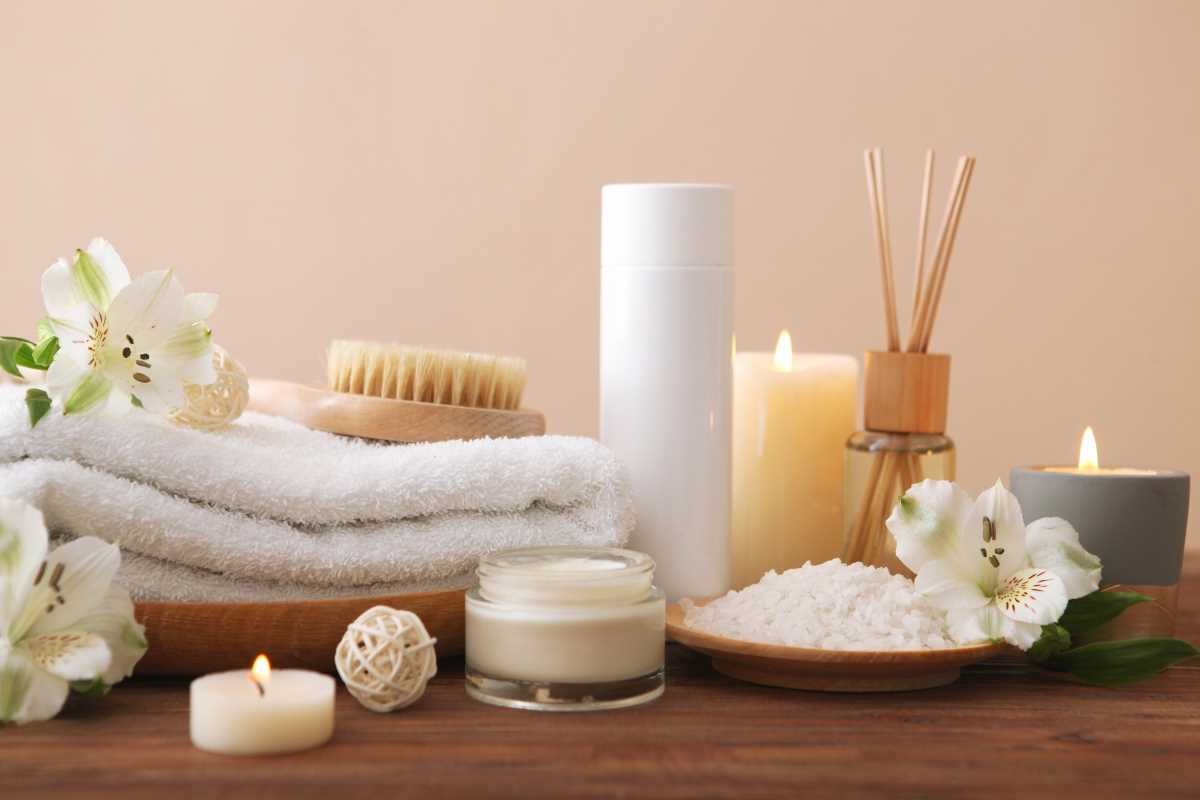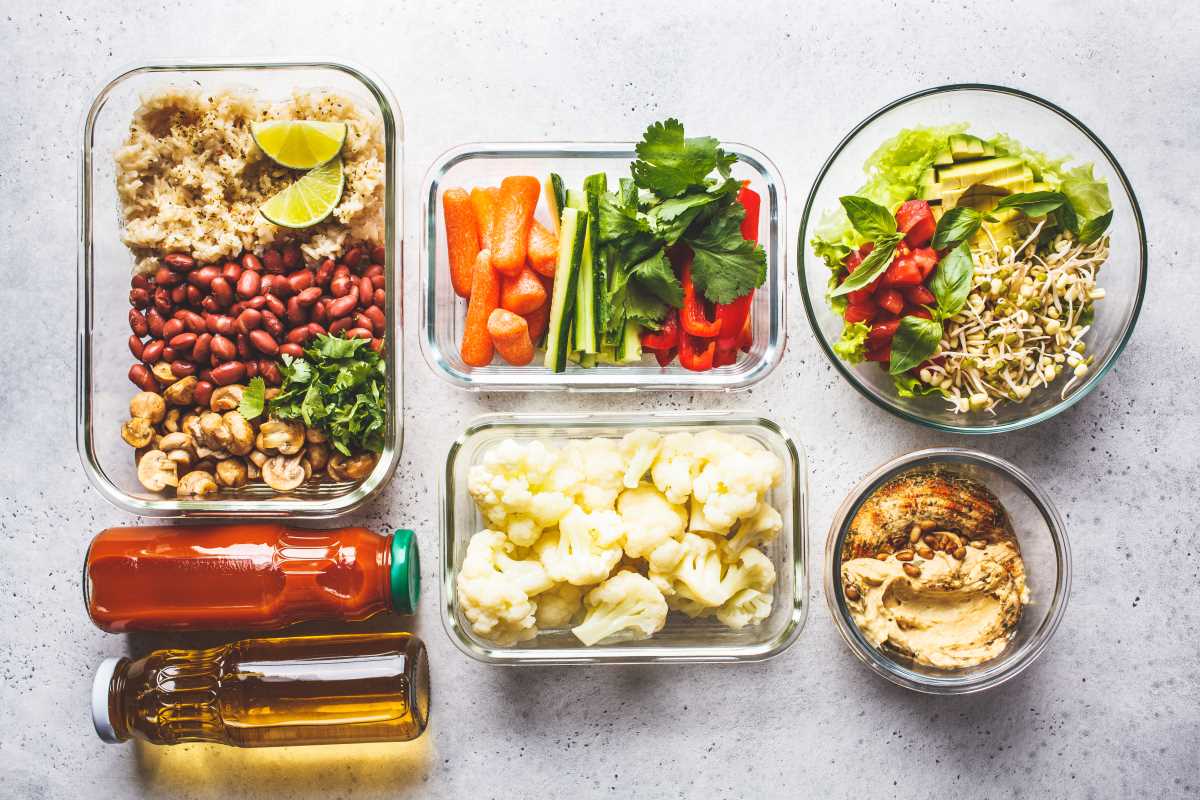Creating your own wine collection brings opportunities for delightful surprises and meaningful connections. Shelving a few bottles in your kitchen or setting aside a special spot in your home allows you to turn casual nights into cherished experiences. Each label you choose can inspire conversations and reflect your unique tastes, making every occasion feel special. This guide offers clear tips for anyone eager to build an impressive selection, even when spending carefully. With some planning and a bit of curiosity, you can assemble a collection that stands out and brings enjoyment to everyday life.
Foundations for Your Collection
Define Your Flavor Map
- Purpose: Focus purchases so your cellar reflects personal taste rather than random picks.
- Steps:
- Sample small pours at local shops.
- Note tasting impressions.
- Rank favorites.
- Cost/Availability: $5–$10 tasting flights at many wine shops.
- Insider Tip: Attend weekday tastings when staff have more time to guide your selections.
Set a Storage Strategy
- Purpose: Maintain consistent temperature and humidity to preserve wine quality.
- Steps:
- Measure chosen space.
- Compare budget-friendly cooling units.
- Install adjustable racks.
- Cost/Availability: Entry-level wine fridges start at ~$200 online.
- Insider Tip: Place a digital thermometer inside to monitor fluctuations before fully stocking.
Establish a Budget Range
- Purpose: Prevent overspending while ensuring steady growth.
- Steps:
- Allocate a total yearly budget.
- Divide into four equal parts.
- Track purchases in a spreadsheet.
- Cost/Availability: Free online budgeting templates available.
- Insider Tip: Round up each purchase to the nearest dollar to build a “rainy-day” fund for exceptional finds.
Hidden Gems in Everyday Bottles
Find value beyond celebrated labels by exploring lesser-known regions and varietals. Cultivating curiosity in unheralded options reveals surprising depth without headline prices.
Many markets feature negotiators at neighborhood wine shops who can unlock deals on overstocked items from emerging producers. Wine collection enthusiasts often discover hidden gems through these channels, scoring mid-tier bottles at entry-level prices. Seek out vineyard names you haven’t heard, then compare tasting notes online to see how they fit your flavor map.
Practical Steps to Grow Your Cellar
Seasonal Purchasing
- Purpose: Access deals during harvest windows when distributors clear inventory.
- Steps:
- Check fall and late winter release schedules.
- Subscribe to winery newsletters.
- Purchase within the first two weeks of release.
- Cost/Availability: Entry-level releases often start at $12–$15 per bottle.
- Insider Tip: Time purchases on weekdays when shipping rates are lower.
Group Orders
- Purpose: Lower shipping fees and unlock quantity discounts.
- Steps:
- Poll interested friends.
- Combine orders on the winery website.
- Split shipping costs evenly.
- Cost/Availability: Many estates offer tiered pricing for cases of 6 or 12.
- Insider Tip: Ask the winery to include tasting notes and food pairing ideas with your shipment.
Flash Sale Alerts
- Purpose: Get deep discounts on premium labels.
- Steps:
- Enable text or email alerts.
- Monitor deals early in the morning.
- Act within the first hour to secure stock.
- Cost/Availability: Discounts can reach 20–30% off retail.
- Insider Tip: Pre-fill payment details on retailer sites to speed up checkout.
Wine Swap Events
- Purpose: Trade duplicate or underused bottles with like-minded collectors.
- Steps:
- Set a theme or price ceiling.
- Invite 6–8 participants.
- Facilitate blind tastings to encourage trades.
- Cost/Availability: Typically $10 per participant.
- Insider Tip: Provide small tasting glasses and scorecards to make exchanges more engaging.
Curated Subscriptions
- Purpose: Simplify selection while exploring new regions.
- Steps:
- Research clubs with budget-friendly tiers.
- Compare two- to three-month commitments.
- Evaluate delivered bottles against your flavor map.
- Cost/Availability: Plans start at $40 per shipment.
- Insider Tip: Pause membership in months when you plan to make independent purchases.
Maximize Value and Diversity
Mixing variety into a structured budget creates excitement and builds confidence. Numbered lists help track different approaches.
- Alternate Price Tiers
- Purpose: Balance excitement with careful spending.
- Steps:
- Choose two bottles under $15.
- Add one mid-tier bottle up to $30.
- Continue this 2:1 ratio for each purchase cycle.
- Insider Tip: Mark each tier in your inventory spreadsheet for quick tracking.
- Explore Regional Specials
- Purpose: Expand your palate beyond mainstream regions.
- Steps:
- Visit shop sections labeled by country.
- Ask staff for lesser-known regional recommendations.
- Compare two samples side by side.
- Insider Tip: Search for grape varieties unique to those regions to guide selections.
- Document Your Journey
- Purpose: Create a personal reference for future purchases.
- Steps:
- Dedicate a notebook or digital document.
- Record date, producer, and tasting impressions.
- Note ideal food pairings.
- Insider Tip: Include a photo of the label for quick visual recall.
- Use Local Resources
- Purpose: Share insights and reduce tasting costs.
- Steps:
- Join a local tasting group.
- Bring one bottle under $20 to share.
- Exchange tasting impressions and contacts.
- Insider Tip: Offer to bring snacks—often rewarded with bonus tasting credits.
- Refresh and Retire
- Purpose: Maintain freshness and make space for new finds.
- Steps:
- Review inventory every six months.
- Identify bottles past their peak or underused.
- Host a mini-tasting party to share them.
- Insider Tip: Label outgoing bottles “open soon” to encourage use.
Use these methods to create a flavorful collection on a budget. Your assortment will grow and reflect your evolving tastes and discoveries.
 (Image via
(Image via





